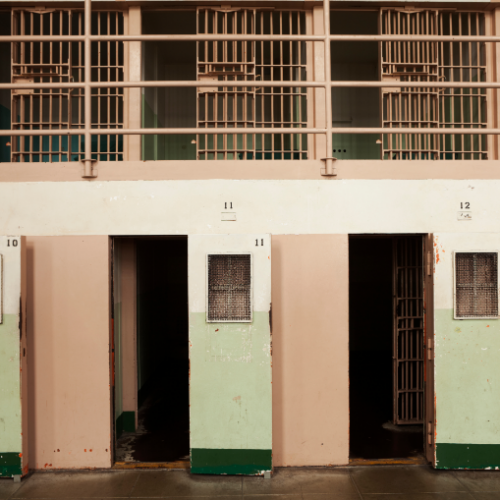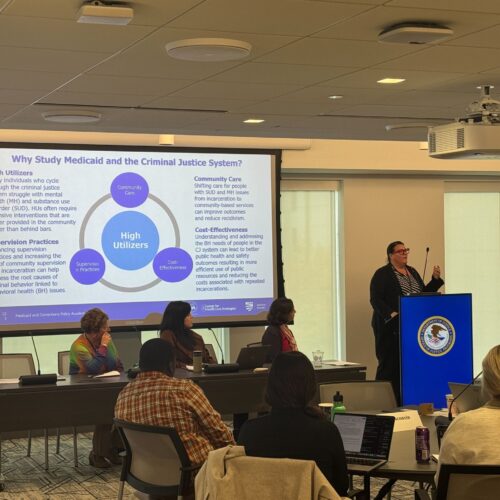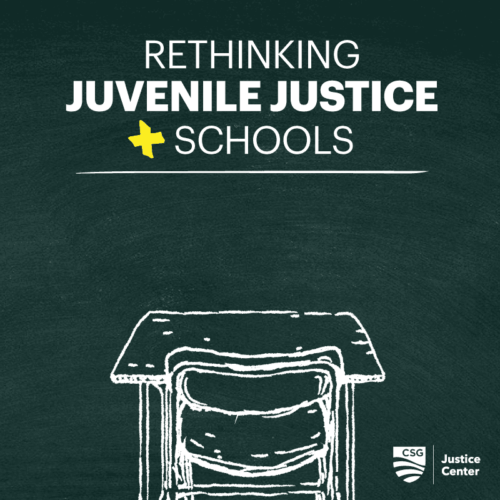
Rethinking Juvenile Justice and Schools
How Probation Can Do More Harm than Good When It Comes to Keeping Youth in School and on Track
Part 2 of 2
Policy Recommendations
Jurisdictions should examine the current roles and responsibilities of their juvenile probation and education systems to identify opportunities to adopt more research-based, developmentally appropriate approaches for improving school attendance and performance for youth under system supervision.
Here are five concrete policy, practice, and funding strategies for court and probation agencies to consider.
1. Revamp Supervision Conditions
Eliminate or revamp standardized, education-related conditions of supervision so such conditions are generally imposed only if and when school issues are a direct cause of individual youth’s delinquent behavior.
2. Tailor Interventions
Reduce or eliminate the time that probation officers spend tracking down school records and making school visits for all youth on their caseloads unless school attendance is directly related to the actual causes of individual youth’s delinquent behavior. In such cases, probation officers should partner with schools, youth, families, and community-based organizations to identify and connect youth with programs and services that address the individualized reasons underlying their school attendance and performance challenges.
3. Adjust Operations
Maintain operations during nontraditional hours to ensure that youth don’t have to miss school (and families don’t have to miss work) for court hearings and probation appointments.
4. Eliminate School Contacts
Eliminate probation contacts while youth are at school to avoid youth feeling stigmatized. If such appointments are absolutely necessary, officers should partner with schools to make every effort to keep such meetings confidential.
5. Use Incentives
Employ a formal system of incentives and graduated responses focused on concrete educational goals as the most effective way to promote school progress and hold youth accountable rather than sanctions, such as detention, that have proven costly and ineffective.
A positive school experience, where a child feels secure, is essential for their well-being. However, for many children…
Read More The Path to Statewide Community Crisis Response in New Jersey: A Community Advocate’s Perspective
Read More
The Path to Statewide Community Crisis Response in New Jersey: A Community Advocate’s Perspective
Read More
 Supporting Children of Incarcerated Parents: Reimagining School and Community Collaboration
Supporting Children of Incarcerated Parents: Reimagining School and Community Collaboration
A positive school experience, where a child feels secure, is essential for their well-being. However, for many children with incarcerated parents—one in 14 in the U.S.—school can feel far from safe due to stigma, trauma, and a lack of understanding.
Read More Bridging Communities and Correctional Systems: Q&A with CSG Justice Center Advisory Board Member Commissioner Nicholas Deml
Read More
Bridging Communities and Correctional Systems: Q&A with CSG Justice Center Advisory Board Member Commissioner Nicholas Deml
Read More
 Assigned to the Cloud Crew: The National Incarceration Association’s Hybrid Case Management for People with Behavioral Health Needs
Assigned to the Cloud Crew: The National Incarceration Association’s Hybrid Case Management for People with Behavioral Health Needs
When returning to their communities from criminal justice settings, people with behavioral health needs face barriers in accessing basic needs—including food, housing, employment, transportation, education, clothing, and substance use and mental health services—which increases their risk of experiencing a crisis.
Read More Meet the Medicaid and Corrections Policy Academy Mentor States
Meet the Medicaid and Corrections Policy Academy Mentor States
New Hampshire Department of Corrections Commissioner Helen Hanks presents at the Medicaid and Corrections Policy Academy in-person meeting.
Read More












